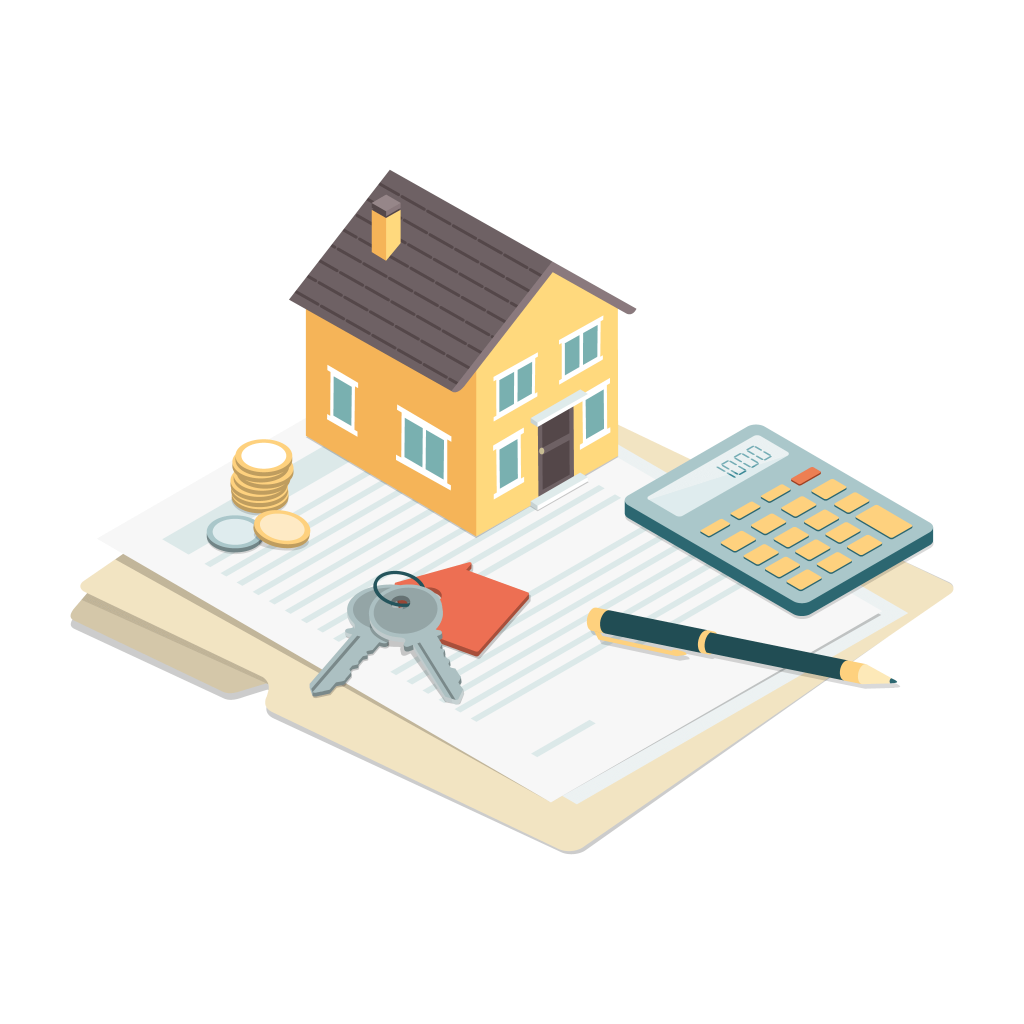The mechanism of interest rates and their implication in real estate

By Nicolas Terrier
The interest rate is remuneration in return for a loan. In other words, it is the remuneration of the person who grants the credit in exchange for the money made available to him. Its importance in real estate is central, as it allows to optimize the return on investment as the cost of the loan is lower than the return that this sum of money will generate.
How is the mortgage rate determined?
For the mortgage provider, this rate depends on several factors. The main factor is the refinancing rate with the central bank, since in most cases the financial institution granting the mortgage acts as an intermediary. It also depends on the risk relating to the quality of the collateral and the creditworthiness of the borrower. It is the margin taken by the provider as remuneration for the risk incurred. But there may also be other factors, such as competition between mortgage players or the willingness of an institution to position itself as a leader in a specific segment.
How is interest rate fluctuation passed on in property prices?
The Swiss National Bank (SNB) is the only entity authorised to print money and influences the economy by varying its “key” interest rate. The latter is one of its levers for applying its monetary policy and thus fulfilling its mission of maintaining price stability in accordance with the Constitution and the law. As a corollary, changes in the rate have an impact on property prices. The mechanism of this transmission takes place via four effects briefly illustrated below by taking the case where the SNB raises its key rate (Wadud, M. I., Bashar, O. H., & Ahmed, H. J., 2012).
1. The « supply » effect
The interim interest to be paid during the construction period of a real estate project increases the cost price, which has the effect of slowing down real estate construction activity, stabilizing supply and thus increasing prices in the medium term.
2. The « user cost » effect
The rate offered by the banks is increasing. As a result, the cost of the mortgage is also rising. This will reduce the demand for real estate. If demand goes down, prices go down.
3. The (indirect « credit » effect
With higher rates, the borrower’s probability of default increases as his or her ability to pay the same rate decreases. This prompts banks to restrict the conditions for granting mortgage loans, for example by asking for more capital, which reduces demand for this asset class.
4. The indirect « wealth » effect
The first three effects stabilize or reduce property prices “in fine”, which in turn reduces the value of the owners’ assets. Their purchasing power falls and, at the same time, will accentuate the fall in demand for real estate.
Although theoretical, the “user cost” effect is, in our opinion, the quickest to materialize, unlike the “supply” effect, which is subject to a time lag due to the fact that construction is not instantaneous. We can, therefore, deduce from the above that the relationship between property prices and interest rates is substantial and measured. However, it is not representative of all price changes. In fact, there is a multitude of exogenous factors influencing this movement. Supply and demand also depend on the territorial constraints specific to Switzerland, the lack of alternative investments that we are currently experiencing, or the safe-haven character of real estate thanks to the stability of its rental income, for example.
Types of mortgage products
Variable rate
As the name implies, this rate varies over time. It is not fixed. The advantage is that it can be terminated at any time. This is why it remains the most expensive on the market and is only used for a transitional period during which the borrower needs flexibility.
Fixed Rate
The fixed-rate is limited in time and fixed upon signature. The term can possibly be up to 25 years. The longer the term, the higher the margin in addition to the refinancing rate. The longer the term, the greater the margin in addition to the refinancing rate, because a longer-term means uncertainty and thus increased risk and higher costs.
Libor rate
This rate is indexed to the London InterBank Offered Rate (LIBOR), the interbank lending rate. It is expressed as a “libor rate” and varies over time. The bank’s margin remains fixed. It is renewable every 3, 6, or 12 months.
What type of rate to choose?
The strategy to adopt depends mainly on the borrower. The elements to be taken into account are in particular the time period during which an investor can remain immobilized, the maximum rate that he can assume, and his speculation on the evolution of the rates.
In the event of speculation on an increase in rates, it is still worthwhile to fix the mortgage rate, as the interest charge that the borrower will pay will remain fixed. Otherwise, it may be profitable to stay with the Libor rate plus margin, in order to take advantage of the fall in rates.
Moreover, since the early 1990s, it has been observed that mortgage holders who bet on the fall in rates by favoring a Libor rate are the winners since rates have been falling steadily.
References
- Données SIX. (2018, 06 29). Data centre. Récupéré de Six-swiss-exchange: https://www.six-swiss-exchange.com/indices/data_centre/customer/iazi_en.html
- Swissnot. (2018, 07 01). Droit immobilier. Source: http://www.swisnot.ch/index.php/fr/les-prestations/14-droit-immobilier
- Wadud, M. I., Bashar, O. H., & Ahmed, H. J. (2012). Monetary Policy And The Housing Market In Australia. Journal of Policy Modeling 34, 8489-863



